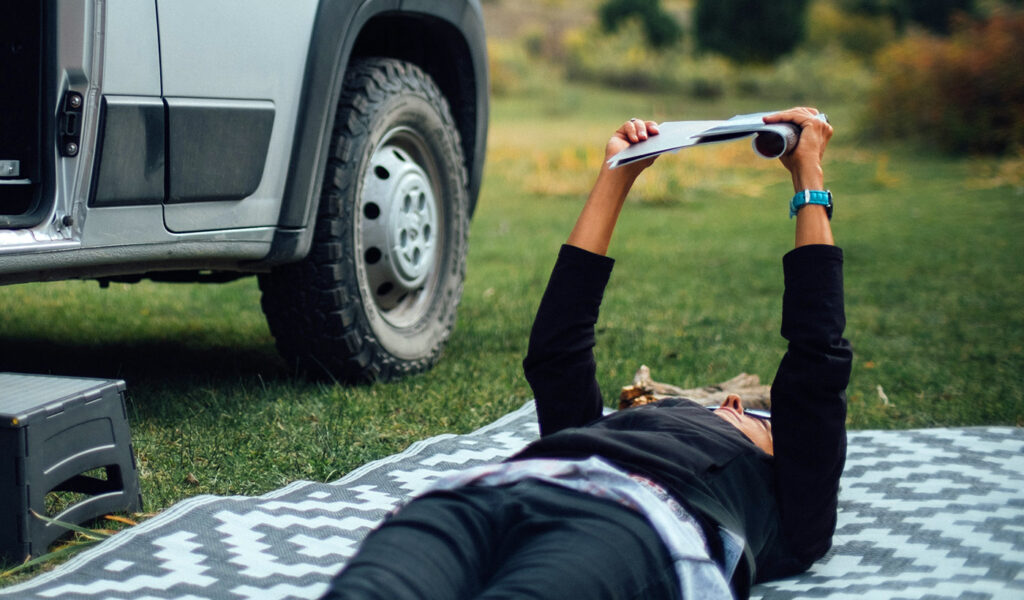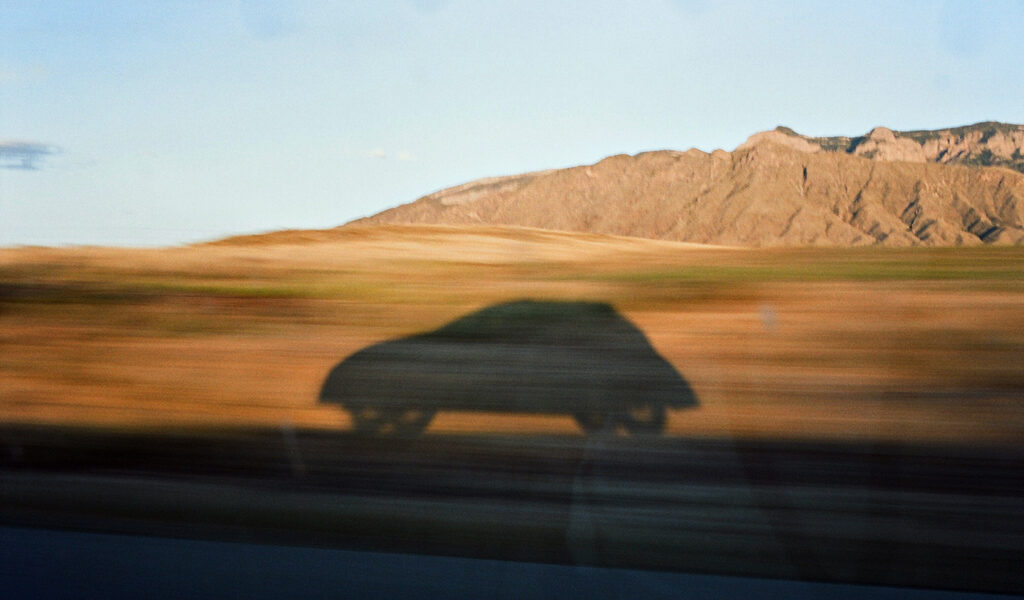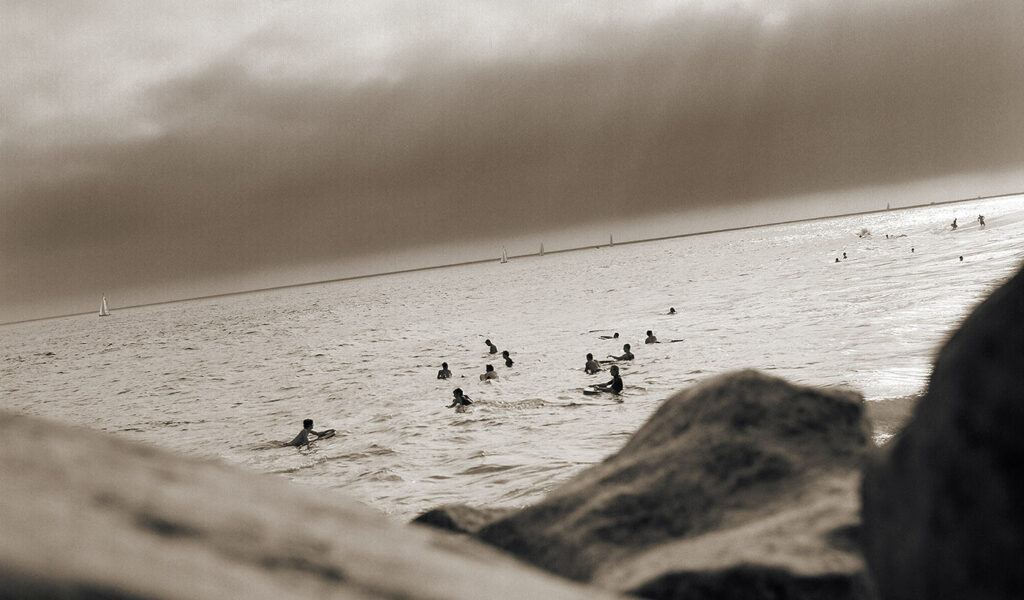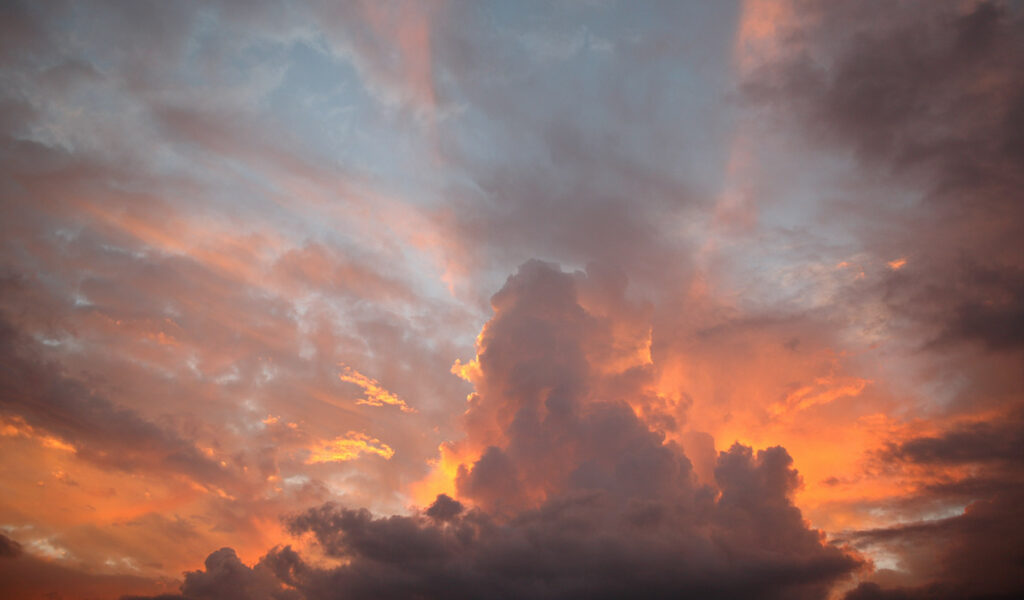Hit the Books with Dan Milnor: Finding Story
One of the most common questions I receive is, “What should I photograph?” All of us are searching for a life of intention, a life of purpose, and a life of meaning, and we want our photography to support these goals. What photography story is worth my time and effort? Well, I wish I had a simple answer for you but I don’t. I can’t tell you what you should photograph, but I can give ideas on how you might find the answer on your own.
Love. What do you love? What is the last thing you think about before you fall asleep at night, and what is the first thing you think about when you wake? Finding a photography story or a subject that you love is the first step. Loving your project or story means you will find every way imaginable to continue on. Our modern lives are built for distraction. The web, social media, 24-hour news, and streaming services are all tailor-made to keep you from the depths of long-term documentary photography projects. But if you truly love the story you are attempting to tell, then you will find a way to continue and ultimately finish. Any distraction will be thwarted by the view of life through the viewfinder.

Read. Reading is a free education. The local library is an Eldorado-scale goldmine of information and endless photography story opportunities. Also, when I say read, I mean book-length material. Too much online material is short form, and although this might work for an initial spark, it won’t help in the long-term when you are building out an in-depth photo essay. And for those of you who might say, “Well, I don’t have time to read,” just eliminate your television, social media, and internet use for one day and see what kind of time materializes. I think you might be surprised.
Locate. You are going to stay close. Yes, close to home. In fact, your photography story might live inside your home, or your neighborhood, or at the furthest, your city. Exotic lands are enticing, but if you can find and complete a story close to home, you will be even better when you do decide to go aboard. Staying close to home means you can access your project even when you don’t have much time. A few minutes before work or during a lunch break. Or maybe you can utilize that wonderful light on the commute home. It doesn’t take much. It just takes repeating.

Research. Once you have found your story, researching your photography project should be fun. What else has been done? By whom? And when? Just because someone else might have done a similar story doesn’t mean you shouldn’t add to the conversation. Research can also provide additional layers or angles you might not have considered. Research can also assist with determining what photographic technique best suits the story.
Experience. Use other forms of art to find inspiration. They say the most complete use of the human brain ever discovered is both reading and playing music, so why not engage your other artistic senses to find inspiration? Painting, sculpture, music, writing, or any other art form can tickle your creative side in ways that nothing else can. Perhaps the light and dark of a Dutch classic will better inform how you see the fall of natural light across a scene. Or maybe a song from childhood will spark memories of a story you never thought to tell.

Spend. Spend the time required to make the best work you possibly can. There is no substitute for time and access. We all have to work with the time we have, so again, staying close to home will help in this regard. Everyone has a camera these days, but there are still few real photographers among us. Spending time with the people you photograph builds trust, and trust leads to access, which is where real photographic depth lives. When you are granted real access into someone’s life, the project will take on a new dimension. This access comes with a responsibility, which is to tell that photography story to the best of your ability. With great time and access, your story becomes more than a set of photographs. It becomes a collaboration between professional photographer and subject, something that might just change your life.

Detach. During his formative years, Albert Einstein took time off to do nothing, and during this period, he discovered several of the most important theories in human history. These days, being attached and connected seems, at times, like the only option. Unplug for a few hours or days, and see where your mind drifts. Sometimes eliminating what seems like endless options is the best way forward.
Want to tell your own photography story? Make a professional-quality photo book today. For inspiration, ideas, and examples, check out the Blurb Blog.

